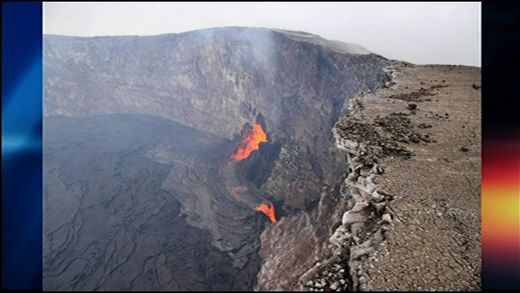OF THE
TIMES
I've had enough of someone else's propaganda. I'm for truth, no matter who tells it. I'm for justice, no matter who it's for or against. I'm a human being first and foremost, and as such I am for whoever and whatever benefits humanity as a whole.
A couple of pertinent (or impertinent if you prefer) vids that caught my eye this week: [Link] [Link]
Equal-opportunity hurt-feelings prevention at work, world-wide. Anericans are faced with mil-spec cops in riot gear for daring to exercise a...
Tucker is only talking about it because his handler has told him to talk about it. Tucker is an Agency boy all the way. Who is Tucker Carlson?...
All because the attacker was Muslim? Nobody will even say it.
It is not Alyaksandr Lukashenka but Aleksandr Lukashenko (that is how he is calling himself). I find interesting the anti russian language and...
To submit an article for publication, see our Submission Guidelines
Reader comments do not necessarily reflect the views of the volunteers, editors, and directors of SOTT.net or the Quantum Future Group.
Some icons on this site were created by: Afterglow, Aha-Soft, AntialiasFactory, artdesigner.lv, Artura, DailyOverview, Everaldo, GraphicsFuel, IconFactory, Iconka, IconShock, Icons-Land, i-love-icons, KDE-look.org, Klukeart, mugenb16, Map Icons Collection, PetshopBoxStudio, VisualPharm, wbeiruti, WebIconset
Powered by PikaJS 🐁 and In·Site
Original content © 2002-2024 by Sott.net/Signs of the Times. See: FAIR USE NOTICE

Reader Comments
to our Newsletter